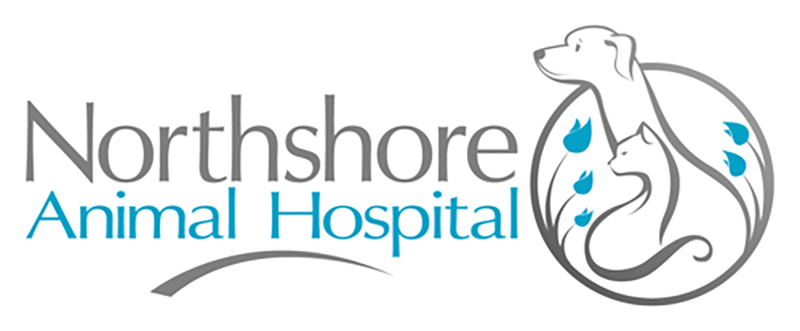Pet Laser Therapy
Drug-free, surgery-free, and pain-free relief for your companion. Find out more about cold laser therapy.
Laser Therapy for Your Pet
Class IV laser therapy utilizes infrared light, which interacts with tissues at the cellular level. Metabolic activity increases within the cell, producing a cascade of beneficial effects. Laser therapy decreases pain and inflammation and promotes faster healing time.
What to Expect
There is no sedation required and restraint is minimal. Most pets find the treatment pleasant and comforting.
Although improvement may be seen after the first visit, most patients require several treatments (3-9) for the most significant benefit.
A multi-visit plan is recommended for most conditions. Treatment times vary in length, generally 2-8 minutes per site.
Some pets exhibit greater comfort and mobility within 12-24 hours after a laser treatment. Class IV laser therapy treatments are cumulative. The length and frequency of treatments varies with your pet’s condition.

What Not to Expect
Do not expect 100% resolution after one (1) treatment. Do not expect a cure for arthritis.
What to Avoid
Do not immediately increase your pet’s activity level—no Frisbees, tennis balls, or other strenuous exercise. Your veterinarian will direct you as to when and what types of activities are allowed.
Do not stop treatment after 2 or 3 sessions even if it does not seem to have an effect. It takes time to decrease inflammation and speed tissue healing. Most pets do feel relief after the first treatment. Often the owner sees how much it was really “working” when they stop the laser and the pet is in pain again.
What to Watch for
Renewed energy and freedom of movement. Getting up and down the stairs easier, hopping on the couch, PLAYING.
- Rapid tissue healing
- Reduced swelling
- Improved quality of life
Treatments
Cold laser therapy is used to treat multiple ailments and injuries in dogs and cats. Treatable conditions include:
- Arthritis/DJD (Hip Dysplasia)
- Trauma, Fractures, Joint and Nerve injuries
- Muscle, Ligament or tendon injuries (Sprains, strains, and tears) Post-trauma wounds Post-surgical, pain/healing/rehab, Neuromuscular, disease/damage/degeneration, Musculoskeletal diseases, Neck and Back Pain(Acute and Chronic)
- Skin lesions or abrasions
- Ulcerations and open wounds (Lick granulomas, Hot Spots, Abscesses)
- Acute and Chronic Ear Problems
Frequently Asked Questions
Does it hurt? What does a treatment feel like?
Are there any side effects or associated risks?
How long does each treatment take?
How often should a patient be treated?
How many treatments does it take?
This depends on the nature of the condition being treated. For some acute conditions 1-2 treatments may be sufficient. Those of a more chronic nature may require 5 to 9 (or more) treatments. Some conditions may require ongoing periodic care to control pain.
How long before the results are felt?
A Sample Treatment Schedule is as follows:
Acute Conditions and Injuries:
Every other day for 1 week (3 total) Twice the second week (2 total) Once the third week (1 total)
Chronic Conditions:
Every other day for 3 weeks (9 total). Additional booster treatments as needed. Your veterinarian will recommend a treatment plan specific to your pet’s condition.
Ok, so how much does this cost?
| Post-Surgical Incision | $12 |
| Laser Treatment | $25 |
| Package of 6 | $125 |
| Package of 10 | $200 |
Prices may increase due to specialized conditions such as Pulmonary Fibrosis
